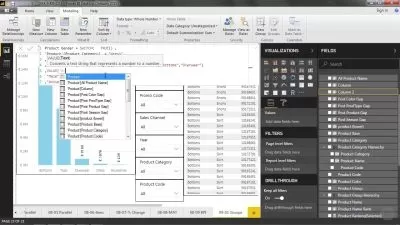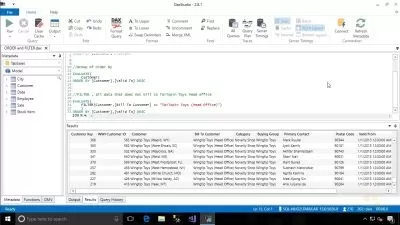Common DAX Expressions and Scenarios Power BI Playbook
Andrew McSwiggan
5:32:29
Description
In this course we'll build an intelligent data model to facilitate sales analysis for an online clothing retailer with the DAX Language in Power BI Desktop. Completing this course will grant you the knowledge needed to create data objects with DAX.
What You'll Learn?
As a data professional, have you ever wanted to produce an array of data objects using the DAX language? In this course, Common DAX Expressions and Scenarios Power BI Playbook, you will learn foundation skills in dimensional modelling and programming with the DAX Language in Power BI Desktop. First, you will learn the basic design principles. Next, you will discover how to write DAX code to implement the basic model framework. Finally, you will explore the DAX language and use it to extend and enhance the model. When you have completed this course, you will have the skills and knowledge needed to make your data available via a robust and flexible self service analytical interface. Software required: Power BI Desktop.
More details
User Reviews
Rating
Andrew McSwiggan
Instructor's Courses
Pluralsight
View courses Pluralsight- language english
- Training sessions 76
- duration 5:32:29
- level preliminary
- Release Date 2023/12/14






![Full Beginner Microsoft Power BI Course [2023 Edition]](https://traininghub.ir/image/course_pic/9488-x225.webp)







